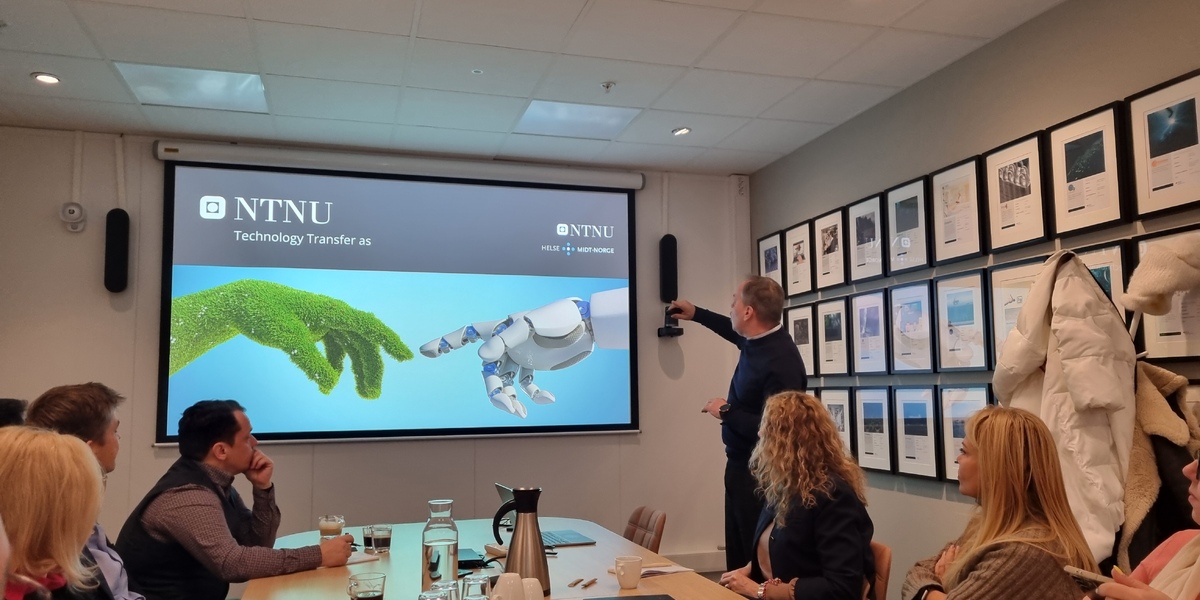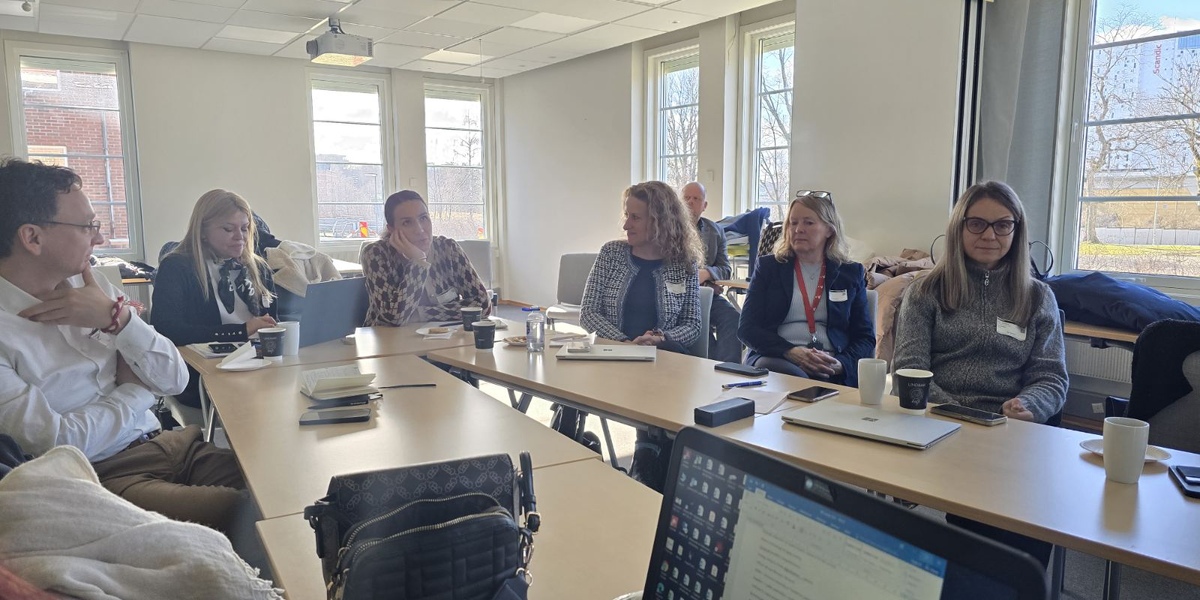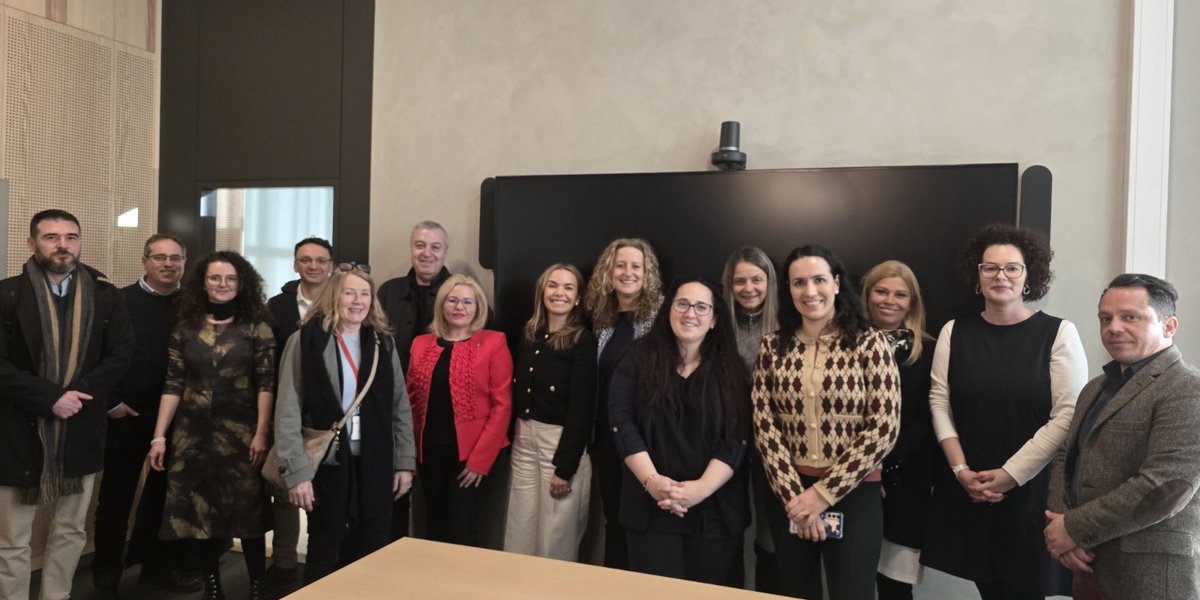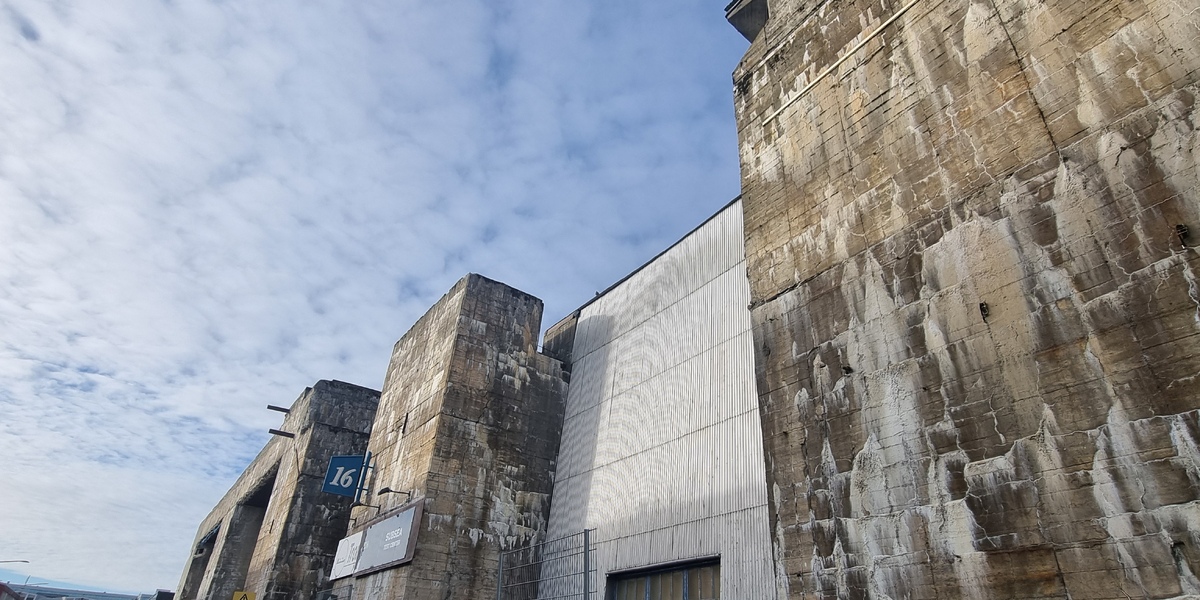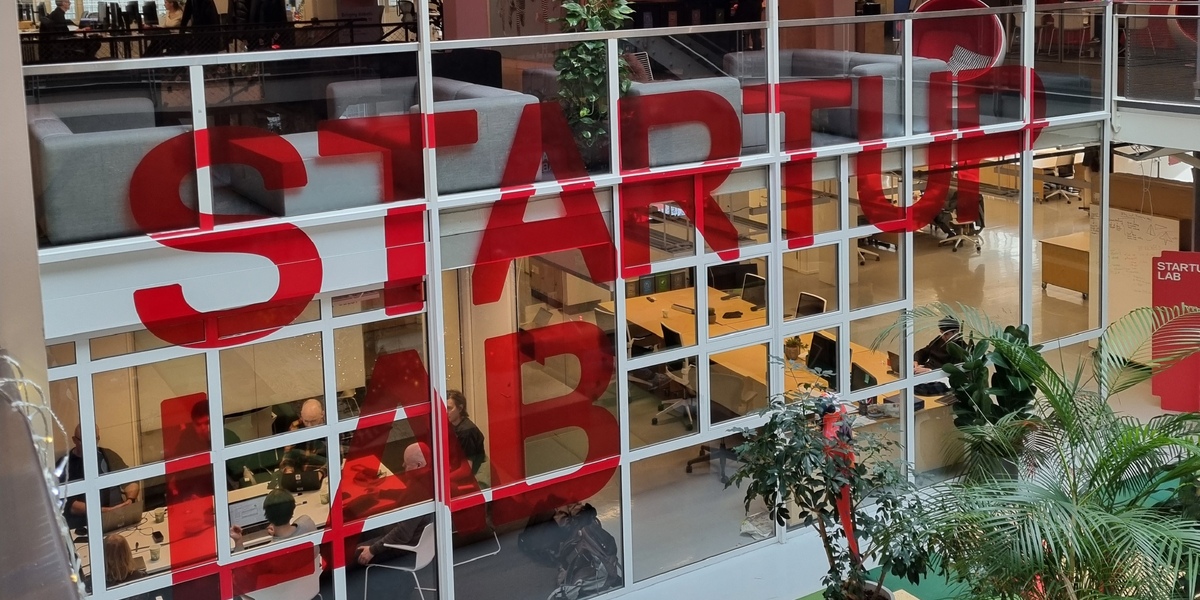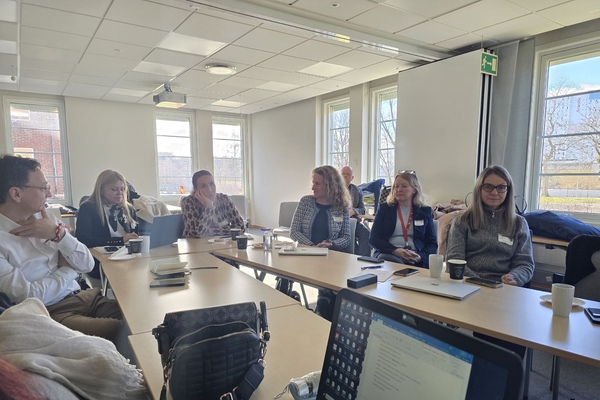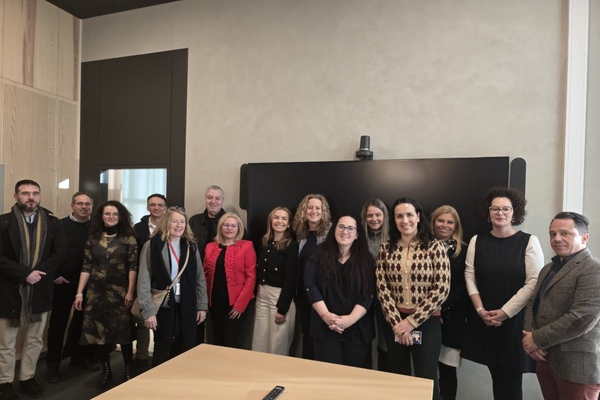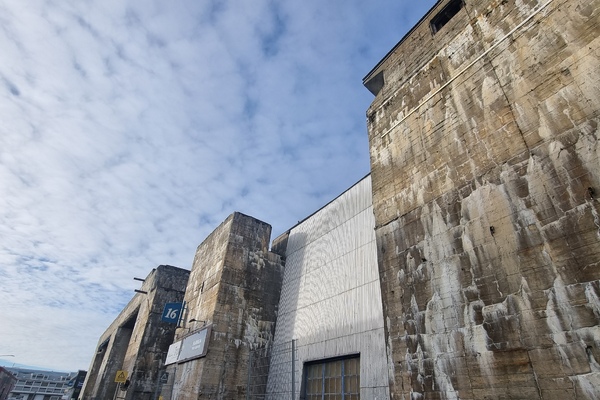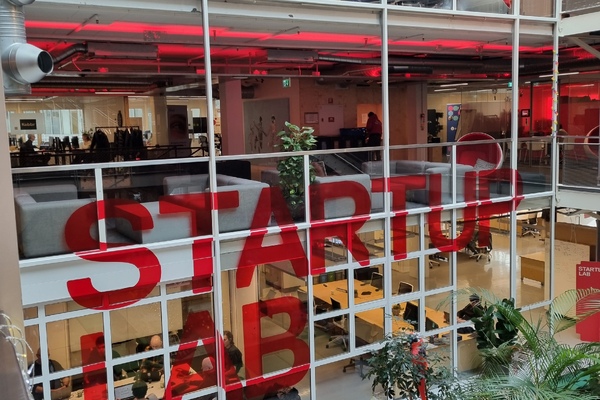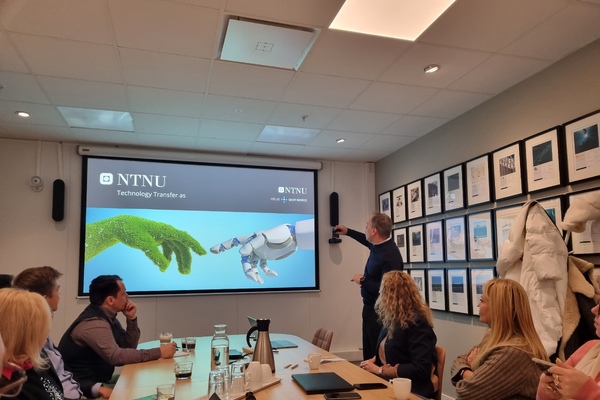
31-03-2025 06:27
March 2025, Trondheim – Norway's Technology Capital
Representatives of Bulgarian and Romanian companies spent nearly a week at the heart of Norwegian innovation and investment in startups. The trip was part of a project by the Bulgarian Small and Medium Enterprises Promotion Agency (BSMEPA) in partnership with Innovation Norway, supported by the Fund for Bilateral Relations. The goal was to learn best practices from the best and successfully implement them back home.
The first four stops of the visit included:
-
Norwegian University of Science and Technology (NTNU)
Described by one of its professors as "the beating heart of technological research in Norway," NTNU has a long history dating back to 1760. The university educates over 43,000 students and employs nearly 9,000 staff members.
A key focus of NTNU is to bring science out of the laboratory and apply it in industry. It actively participates in numerous international projects, supporting both startups—primarily those needing managerial skills development and initial funding—and scale-ups that have an established business model and seek growth. Special attention is given to companies led by young entrepreneurs and/or women entrepreneurs. -
SINTEF – The Foundation for Industrial and Technical Research
One of Europe’s largest research institutes, SINTEF has been at the forefront of technological, natural, and social sciences for 75 years. It employs 2,200 people from 80 countries, with over 70% of them being researchers.
The institute is mainly funded through research and projects, with only 7–8% of its income coming from government subsidies. SINTEF ranks third globally in the number of projects funded under the Horizon Europe program. Additionally, it operates subsidiaries in manufacturing, ocean research, and technology transfer.
During the visit, presentations were given by NTNU and SINTEF employees. Of particular interest were discussions on business models for securing venture funding for innovative startups and specific success stories from various sectors—such as neonatal vascular imaging and deep-sea robot-assisted equipment repair. Beyond attracting investors, technology transfer offices also assist entrepreneurs in protecting their intellectual property rights. -
RENERGY – The Renewable Energy Cluster
RENERGY unites companies to foster collaboration and accelerate the transition to renewable energy and clean technologies. It achieves this through innovation projects and new business models in the energy sector. As part of Norway's innovation cluster program, supported by Innovation Norway, RENERGY is ranked at the highest level of cluster development—indicating a high degree of integration among its members. The cluster’s primary goal is to create economic value for companies. -
Innovation Norway
Considered the Norwegian government’s key tool for supporting innovation and industrial development, Innovation Norway is also Norway’s official trade representative abroad. It has 23 offices worldwide and 11 within Norway.
The visit included an overview of Norway’s cluster infrastructure and the various initiatives supporting innovation clusters, which currently number 50. Another major focus of Innovation Norway is mobilizing companies and preparing them to apply for European funding. The organization provides support to deep-tech research companies and high-growth potential SMEs.
After several days of meetings, presentations, and networking, the group traveled to Oslo to visit Innovation Norway’s headquarters. Discussions covered Norway’s startup support policies, including mentorship programs and the Norwegian Alliance for Startups and Technology (NAST). One key event connecting Scandinavian companies to the global market is Oslo Innovation Week, scheduled for October 20–24, 2025. Last year’s edition brought together 18,000 participants from over 40 countries. Bulgaria was represented by an EAPSME delegation showcasing technological and innovative firms.
Final Stop: Oslo Science Park
The delegation’s last stop was Oslo Science Park, whose main goal is to facilitate the commercial success of scientific research. The park hosts three incubators, over 300 companies, and more than 3,000 employees from 70 nationalities. It is home to several successful clusters and research networks operating in high-tech, mobility, media, healthcare, climate, energy, and nanotechnology.
Fifteen percent of the park’s area is dedicated to laboratories, and it is located near the University of Oslo, its hospital, and several research institutes (including a SINTEF branch).
One of the park’s key structures is Startup Lab, comprising three divisions: a business incubator, an accelerator, and an investment company. The incubator provides various forms of support to startups, including office space that can expand as businesses grow. The investment division operates as a separate commercial entity with a portfolio of over 185 companies. The companies supported are typically at the pre-seed stage, meaning they have a prototype but require further development.




